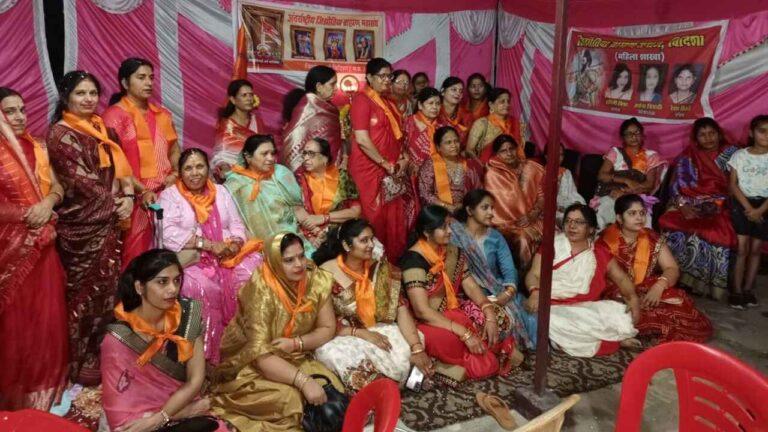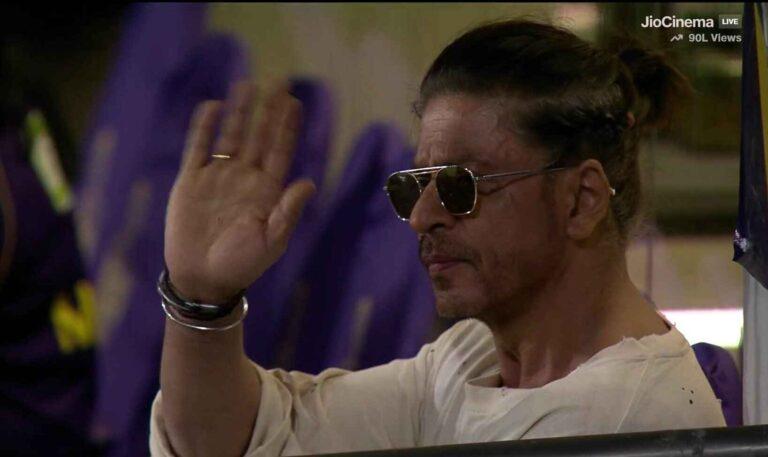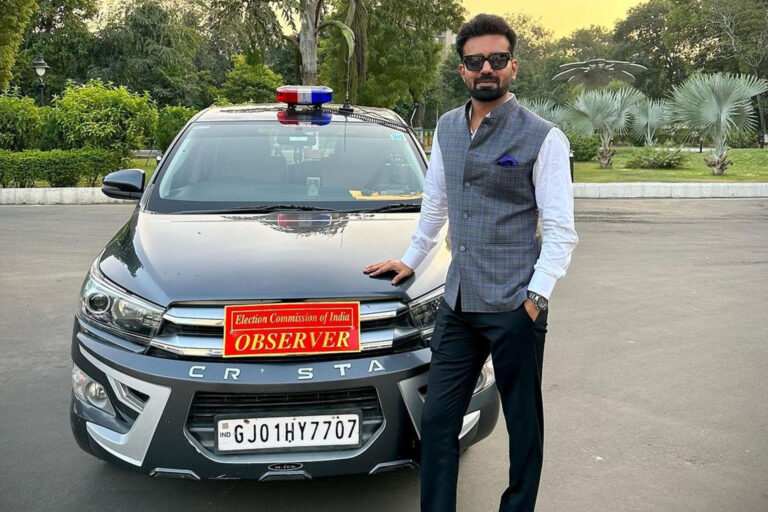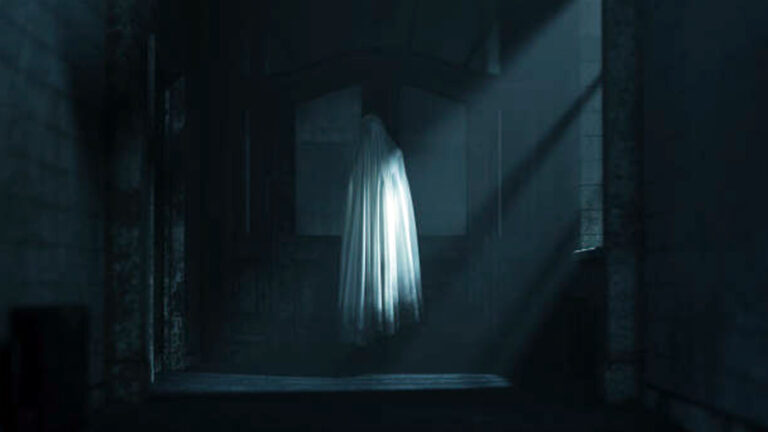Vande Bharat Express : Ticket Cost | Speed Limit | Petrol or Diesel vs Shatabdi Express / Bullet Train

Vande Bharat Express is also known as Train 18. Vande Bharat Express is a semi-high speed train in India that runs between New Delhi and Varanasi. But recently PM Narendra Modi had flagged off a new train from Bhopal’s Rani Kamlapati Station (RKMP) to Hazrat Nizamuddin Railway Station (HZM).
How to book ticket in Vande Bharat Express ?
The cost of a ticket in Vande Bharat Express can vary depending on the class of travel and the distance traveled. Generally, the fare for a one-way journey from New Delhi to Varanasi in Vande Bharat Express is around Rs. 1,800 to Rs. 3,000 for a Chair Car seat, and around Rs. 3,500 to Rs. 5,500 for a Executive Chair Car seat, which is inclusive of meals and onboard facilities like Wi-Fi. There are several ways to book a ticket on Vande Bharat Express:
Online Booking : The most convenient way to book a ticket on Vande Bharat Express is through the official Indian Railways website or mobile app. You can create an account, search for the train, select your preferred class of travel and book your ticket online.
Ticket Booking Agents : You can also book a ticket through authorized ticket booking agents like IRCTC, MakeMyTrip, Cleartrip, Yatra, and more.
Railway Reservation Counters : You can visit any railway reservation counter at a railway station to book a ticket for Vande Bharat Express.
Through SMS : You can also book a ticket on Vande Bharat Express through SMS by sending an SMS to the designated number with the details of your journey.

If we talk about some speical things about Vande Bharat Express so, It was designed and developed by the Integral Coach Factory (ICF) Chennai under the “Make in India” initiative of the Indian government. The train has several modern features, including automatic doors, onboard Wi-Fi, GPS-based passenger information system, bio-vacuum toilets, and more.
It has a maximum speed of 180 km/h and can cover the distance between New Delhi and Varanasi in just 8 hours. Vande Bharat Express is one of the fastest and most advanced trains in India, and it has received a lot of praise for its comfort and efficiency. Vande Bharat Express is a unique train in many ways, and it has several special features that set it apart from other trains in India.
Vande Bharat Express Electric or Diesel ?
Vande Bharat Express is an electric multiple unit (EMU) train, which means it runs on electricity and does not use diesel as a fuel. The train is powered by two electric locomotives mounted at either end of the train, which draw power from overhead electric wires (also known as the catenary system) through a pantograph, and then distribute it to the train’s electric motors.
The use of electric locomotives and EMU trains is a more environmentally friendly and sustainable option than diesel-powered trains, as it reduces greenhouse gas emissions and air pollution. Additionally, electric trains are generally more energy-efficient than diesel trains and have lower operating costs over their lifespan.
Shatabdi Express vs Vande Bharat Express
Vande Bharat Express and Shatabdi Express are two of the fastest and most popular trains in India. Overall, both trains provide a comfortable and efficient travel experience for passengers. Vande Bharat Express is more advanced in terms of features and speed, while Shatabdi Express is a more affordable option with basic amenities. Here are some differences between the two:
Speed : Vande Bharat Express is a semi-high-speed train with a maximum speed of 180 km/h, while Shatabdi Express has a maximum speed of 130 km/h.
Manufacturing : Vande Bharat Express is a completely indigenous train designed and developed in India, while Shatabdi Express is manufactured by the Indian Railways at various production units across the country.
Features : Vande Bharat Express has several modern features like onboard Wi-Fi, GPS-based passenger information system, bio-vacuum toilets, and more, while Shatabdi Express has basic amenities like air conditioning and meals.
Route : Vande Bharat Express operates on a limited number of routes, while Shatabdi Express operates on multiple routes across the country.
Fare : Vande Bharat Express is generally more expensive than Shatabdi Express due to its advanced features and faster speed.
Special things about Vande Bharat Express
Semi-High Speed : Vande Bharat Express has a maximum speed of 180 km/h, which makes it one of the fastest trains in India.
Aerodynamic Design : The train has an aerodynamic design that reduces air drag and helps it to attain high speeds with minimal energy consumption.
Made in India : Vande Bharat Express is entirely manufactured in India under the “Make in India” initiative, which promotes indigenous manufacturing and production.
Modern Facilities : The train has several modern features like onboard Wi-Fi, GPS-based passenger information system, bio-vacuum toilets, automatic doors, and more.
Energy Efficient : The train is equipped with regenerative braking systems that convert the kinetic energy of the train into electrical energy, which is then used to power onboard systems and reduce energy consumption.
Safety Features : Vande Bharat Express has several safety features like fire-resistant materials, CCTV cameras, smoke detectors, and emergency braking systems to ensure the safety of passengers.
Bullet Train vs Vande Bharat Express
Bullet train and Vande Bharat Express are both high-speed trains that offer a comfortable and efficient mode of transportation for passengers. Overall, both bullet train and Vande Bharat Express provide a unique travel experience with their advanced technology and high speed capabilities. However, bullet train is a more advanced and expensive option, while Vande Bharat Express is a more affordable and practical choice for short to medium distance travel. However, there are several differences between the two:
Speed : Bullet train has a maximum speed of 320 km/h, while Vande Bharat Express has a maximum speed of 180 km/h.
Technology : Bullet train uses maglev (magnetic levitation) technology, which allows the train to float above the tracks, while Vande Bharat Express uses conventional steel wheel technology.
Route : Bullet train is expected to operate on a limited number of routes in India, while Vande Bharat Express is currently operational on a few routes.
Distance : Bullet train is designed for long-distance travel, while Vande Bharat Express is better suited for short to medium distance travel.
Cost : The cost of building and operating a bullet train is generally much higher than Vande Bharat Express, which can impact the cost of travel.










